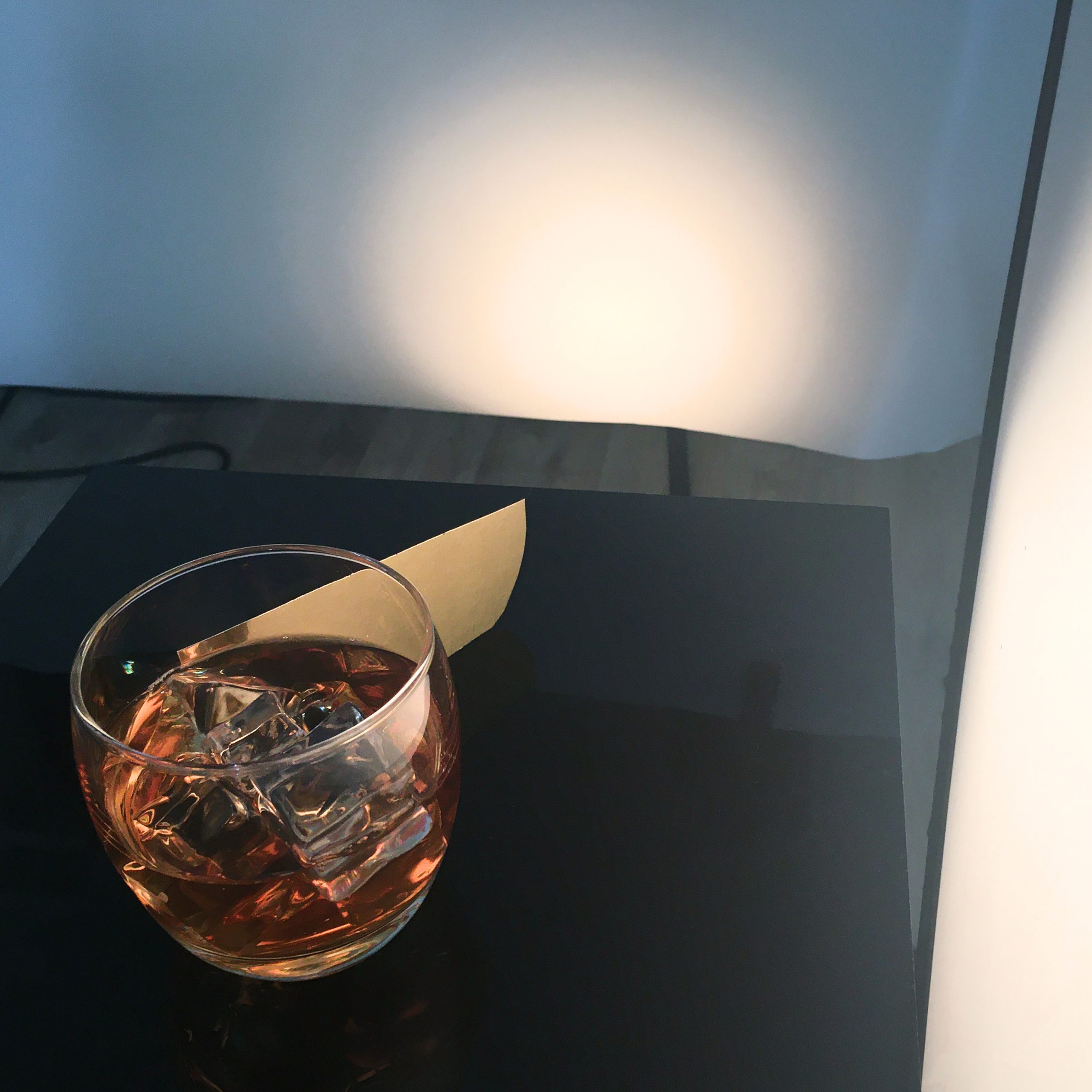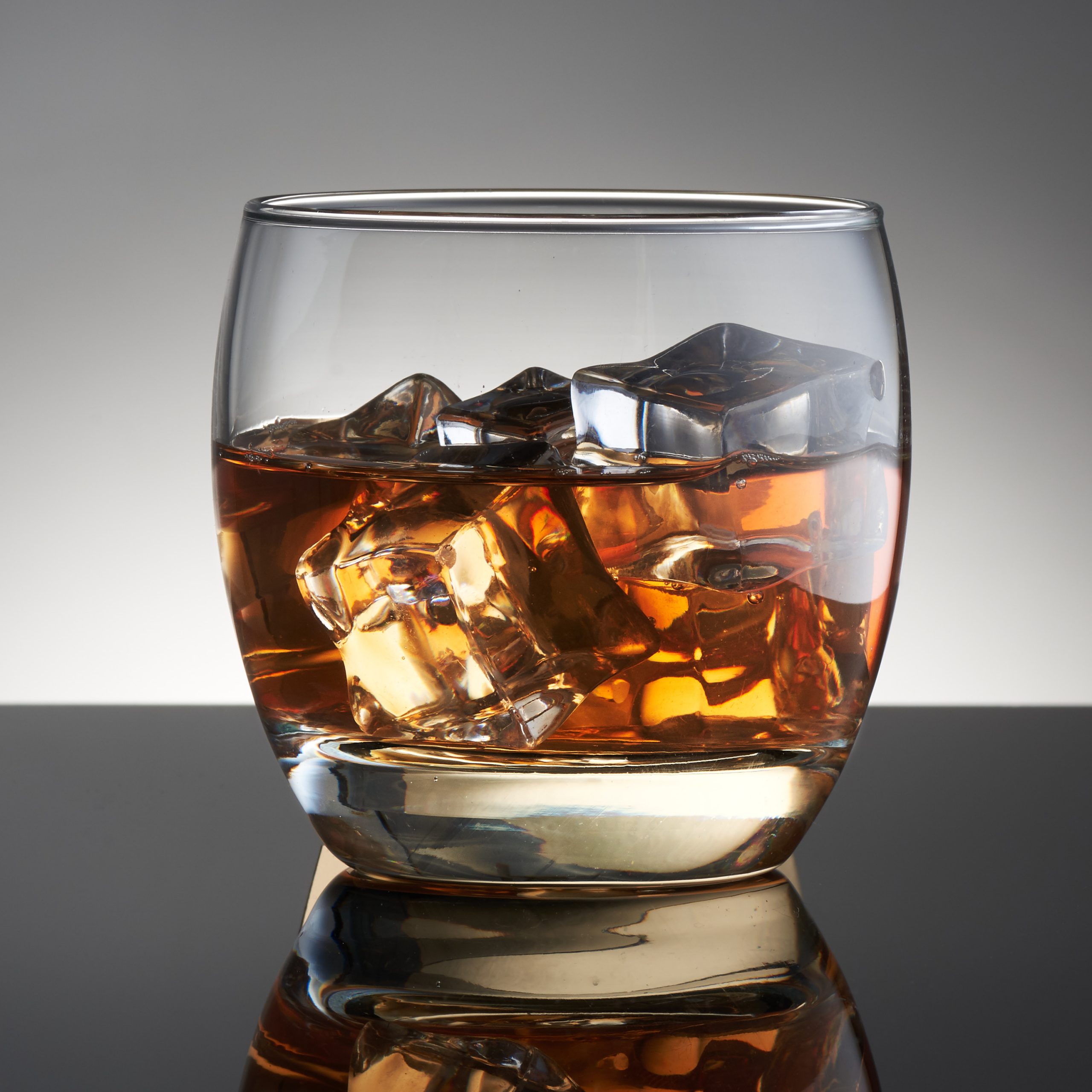Cameracraft Magazine Article – September/October 2020
Hello, this is an article Ian wrote for the September/October 2020 edition of CameraCraft magazine.
Pure Gold – Light your way to appetising beverage photography
Traditionally, studio lighting equipment was expensive. However, with far east imports and increased competition, prices have been dropping for some years now. However, the cheapest ‘light’ on the market costs much, much less than you think… and it’s actually pennies rather than 10s or 100s of pounds!
Those of you who know my work and how I shoot, will already know that I’m a big believer in relying upon a sound understanding of the behaviour of light coupled with simple technique, rather than using the latest newfangled gadgets.
So, bearing this in mind, let’s see how a piece of gold card, that costs around 10p, can transform your images by reflecting light that is already in your scene.
As with any advertising photography, beverage photography relies upon making a mundane object, in this case a liquid, appear to be alluring, dramatic, moody and desired. The viewer needs to see the image and immediately want to buy the product. If you’ve ever shot a liquid before you’ll know that they need to be backlit to get light passing through the liquid to show them at their best.
In this example, the glass of whisky and ice has a single light at the right side to light the glass and ice. The single light behind the glass produces a dark, yet classy backdrop for the hero glass & beverage. However, the initial results are far from appealing and the liquid and ice look dull, dark and un-appetising.

This is where the problem solving starts; what is needed is more light pushing into the liquid and ice to bring it to life and make it sparkle and glow. The glass already nicely lit, so whatever is changed must not affect this aspect of the image.
The simplest solution that many people would opt for would be to simply add another light and direct it towards the glass contents using a grid or snoot to prevent light spilling into the rest of the scene. Whilst this approach could work, it is definitely not going to be cheap as a studio strobe can cost between £300-£1000 each and it would also likely cause problems with hot-spots and reflections from the direct light source.
For an equally simple and significantly cheaper option – enter the gold card reflector! As, we’ve already got a large light source on the right side of the glass, it makes sense to re-use this light. The gold card is positioned close behind the glass and angled towards the light on the right. All that’s then required is to trim the card so that the top and sides are not visible around the edges of the glass.

The cards reflects light through the liquid which is transformed into being desirable along with a warm, homely and comforting glow. (If you look carefully, you”ll spot that I left the edges of the card visible just to prove that it was there!) Well done, you’ve just saved yourself £100’s of pounds!

So next time you’re going to add another light to the scene that you’re lighting just pause, think and see if reflecting or bouncing light is a better option.
We were very happy with the article, that can be viewed in the September/October 2020 Cameracraft magazine.
